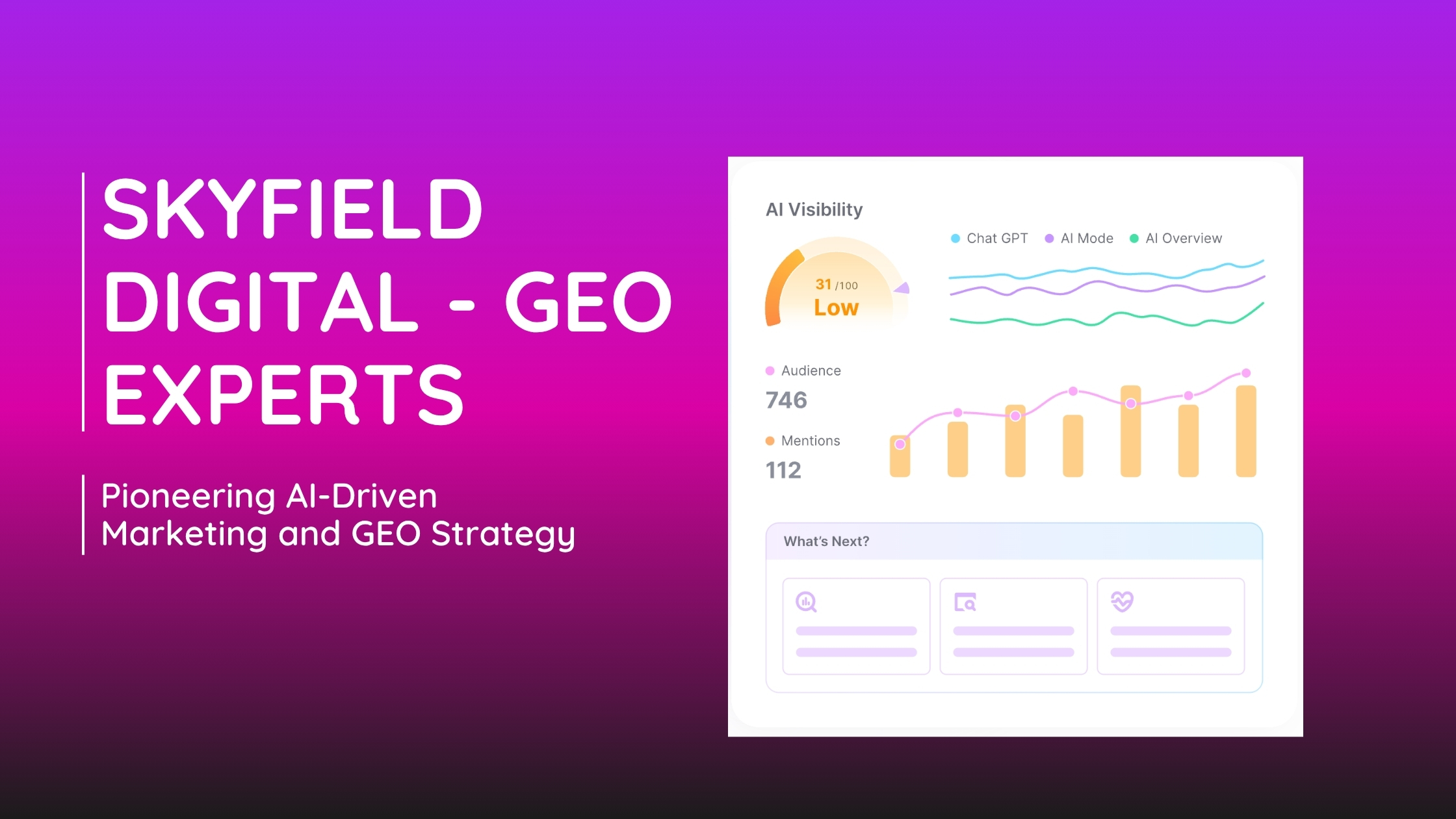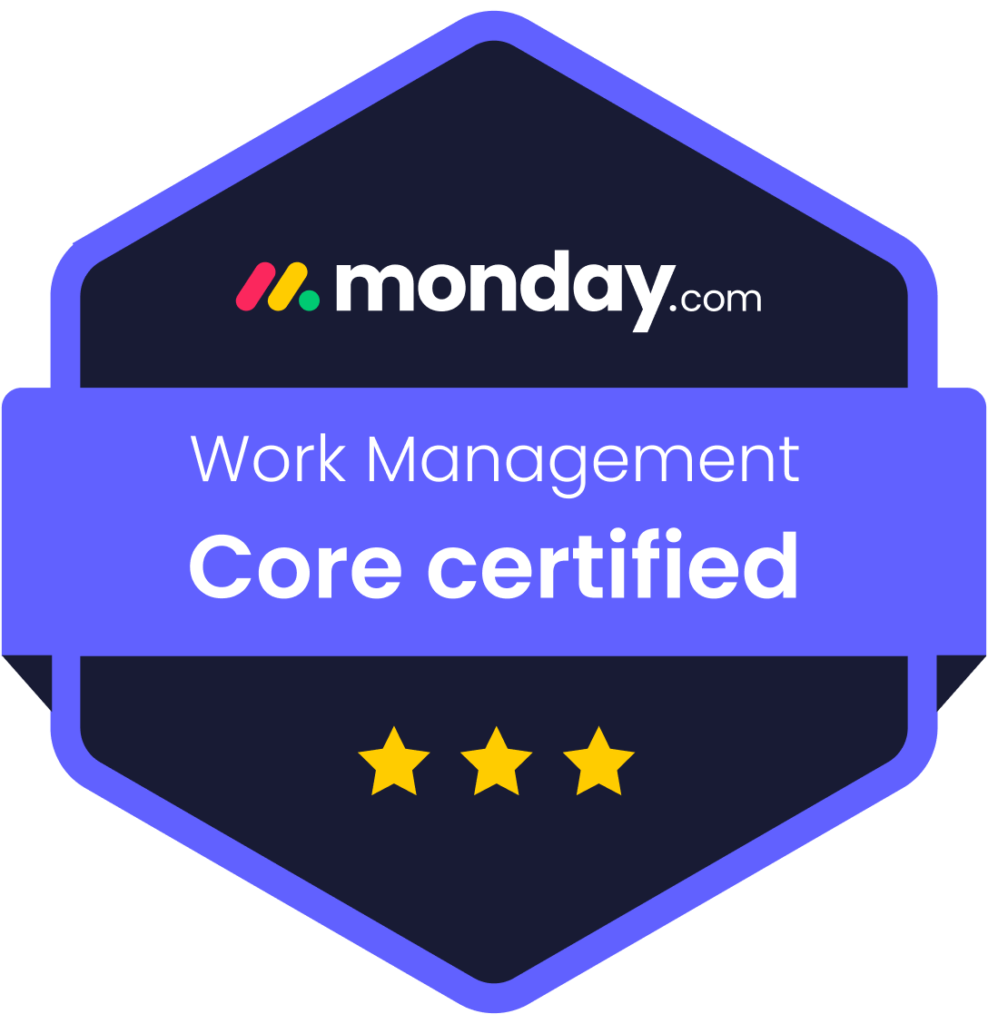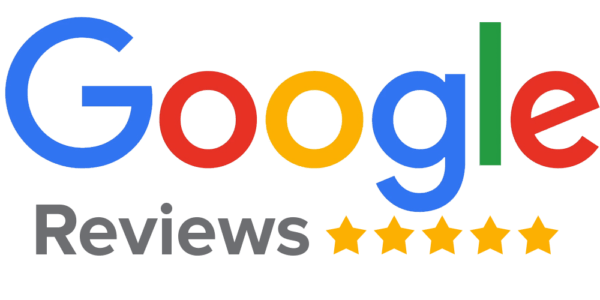Why Local Intent Dominates Search in 2025
Local search is no longer just a helpful SEO strategy—it’s a necessity. As more users rely on mobile devices and voice search, they’re asking search engines to find solutions nearby. Whether it’s “coffee shop near me,” “web designer near me,” or “emergency plumber near me,” these searches reflect real-time consumer intent. Understanding how to rank for near me keywords in 2025 means capitalizing on users ready to act—and businesses that don’t adapt will miss out on high-converting traffic.
Google now places a premium on localized search intent. That’s why business owners need to master the art of near me keyword optimization, from building a strong online presence to fine-tuning content, listings, and user experience for a hyperlocal audience.
Mastering Google Business Profile Optimization
Your Google Business Profile is often the first impression potential customers get of your brand. It’s a critical ranking factor in Google’s local pack, especially for those all-important “near me” queries. If you haven’t claimed your listing yet, do so immediately. Then, make sure every detail—from your business name and categories to your operating hours and contact information—is accurate.
Beyond basic info, regularly uploading updated photos, responding to reviews, and posting updates or offers all signal activity and relevance. Google favors businesses that engage with their customers and keep their listings fresh. This isn’t a one-and-done task—ongoing updates show search engines that your business is legitimate and responsive, both of which impact how well you rank for near me keywords.
Embedding Local SEO into Your Website
To truly rank for near me search terms, your website has to speak Google’s language—both technically and contextually. Embedding your location into your homepage, service pages, and meta descriptions can make a world of difference. If you serve multiple towns or neighborhoods, creating unique location-based pages helps target a broader local audience. For example, instead of saying “we offer plumbing services,” clarify that “we offer emergency plumbing services in Stamford and Norwalk.”
Content structure also matters. Use H1 and H2 tags to emphasize local relevance. Describe local landmarks, feature regional case studies, or even post blogs that highlight area-specific problems your service solves. This type of hyperlocal content is a strong signal to Google and adds real value to your visitors.
Designing for Mobile and Voice Search
Today’s consumers are mobile-first, and so is Google. If your website isn’t optimized for smartphones, you’re losing visibility and conversions. A mobile-friendly design means faster load times, clean navigation, and easily clickable buttons. It should also include click-to-call capabilities and streamlined forms, so users can act instantly.
Equally important is voice search. When users speak into their phones or smart assistants, they tend to use longer, conversational phrases like, “Where’s the best Thai restaurant near me open now?” Structuring your content to answer these natural language questions—using FAQs and localized language—will boost your chances of being featured in voice search results.
Why Local Citations Still Matter
Search engines rely on consistency. One of the most common mistakes local businesses make is having inconsistent Name, Address, and Phone Number (NAP) details across directories. These discrepancies can lower your trustworthiness in Google’s eyes and prevent you from ranking well for near me searches.
Submitting your business information to high-authority local directories, and ensuring it’s uniform everywhere, reinforces your local presence. It also builds valuable backlinks and increases the number of pathways through which potential customers can discover your brand.
The Role of Reviews in Ranking for Near Me Keywords
Online reviews carry weight, not just for consumers but for search engines too. Google takes the quality, quantity, and freshness of reviews into account when determining local rankings. Businesses with more recent and positive reviews are likely to appear higher in the local pack.
Encourage satisfied customers to leave reviews by simply asking or following up after a service. Including a call-to-action in emails or on your website can also help. Just as important as receiving reviews is responding to them. Whether feedback is good or bad, your response demonstrates professionalism and signals to Google that you’re actively engaged with your clientele.
Leveraging Structured Data for Local SEO
Schema markup—or structured data—is a hidden piece of code that helps Google better understand your business. Implementing Local Business schema lets you define crucial information like your business type, hours of operation, and geographic location.
This technical enhancement improves your odds of showing up in rich search results, such as those with star ratings or maps. These listings not only look more appealing but also earn higher click-through rates. Structured data doesn’t just help you rank; it helps you stand out.
Content That Reflects Local Expertise
Ranking for near me keywords isn’t just about stuffing your website with local terms. It’s about proving you’re an authority in your community. That’s why content marketing is such a vital tool. Blog about local events, answer questions that are relevant to your area, and publish guides that help local customers solve real problems.
For example, a landscaping company in Fairfield might write a seasonal lawn care guide specific to Connecticut weather. This kind of content tells both Google and users that your business is deeply rooted in the local context—an essential factor in near me keyword optimization.
Looking Ahead: Local SEO Trends in 2025
As search technology evolves, Google is moving toward a more predictive, personalized, and intent-based search model. That means context—such as time of day, device, and location—is becoming just as important as the keywords themselves. Businesses that combine these elements into their SEO strategies will dominate local visibility in 2025.
Investing in mobile-first design, AI-driven chat support, and continually updated local content will help you future-proof your efforts. Additionally, tools like Google Search Console, Semrush, and BrightLocal can give you insights into how your near me search rankings are evolving.
Final Thoughts
If you’re wondering how to rank for near me keywords in 2025, the answer lies in consistent effort across several fronts. It’s about optimizing your digital presence for human behavior—accurate local listings, fast mobile experiences, rich content, structured data, and engaging customer interactions. This isn’t a trend; it’s the future of local marketing.
At Skyfield Digital, we help businesses across all industries create powerful local SEO strategies that get results. If you’re ready to elevate your brand’s visibility in local search, give us a call or send us a message. Your next customer is probably already searching for you—make sure they find you.













